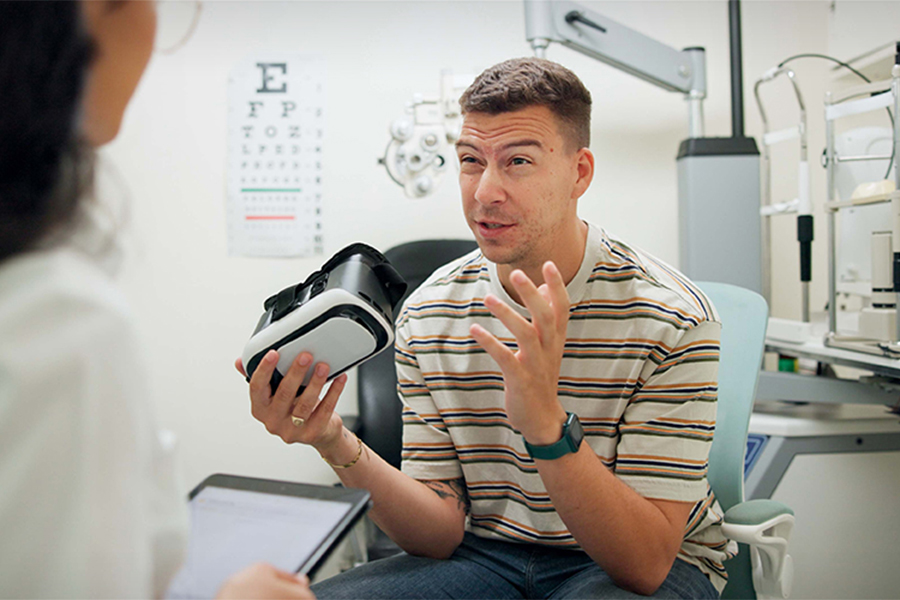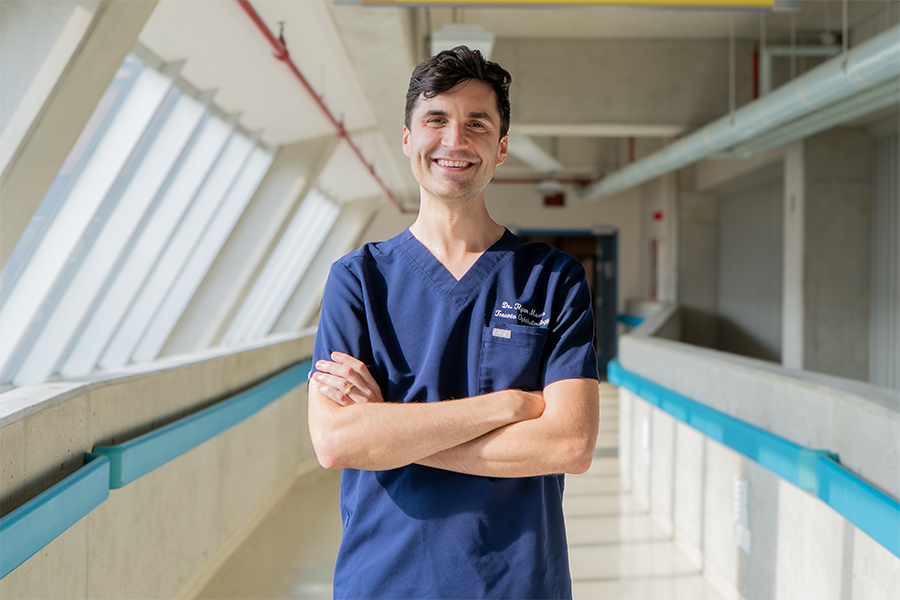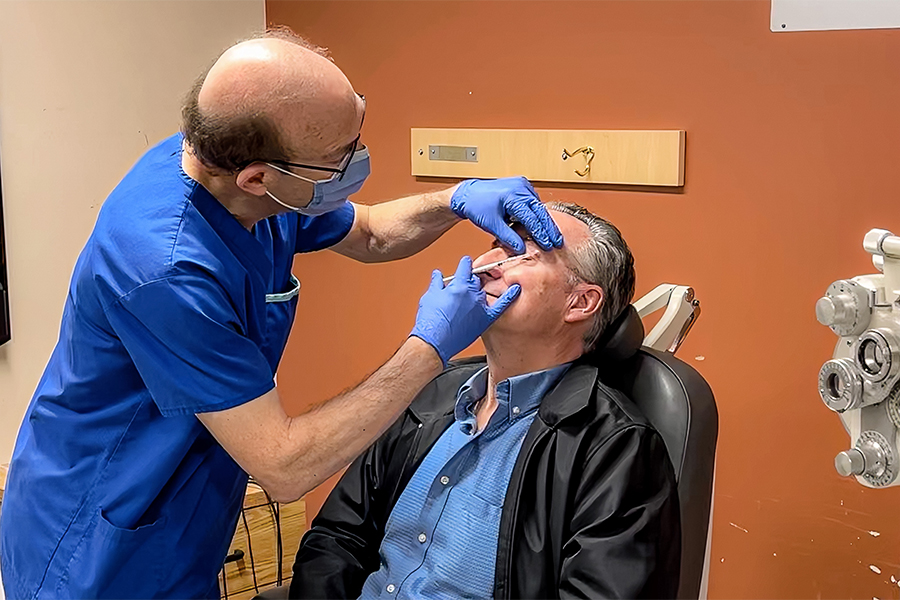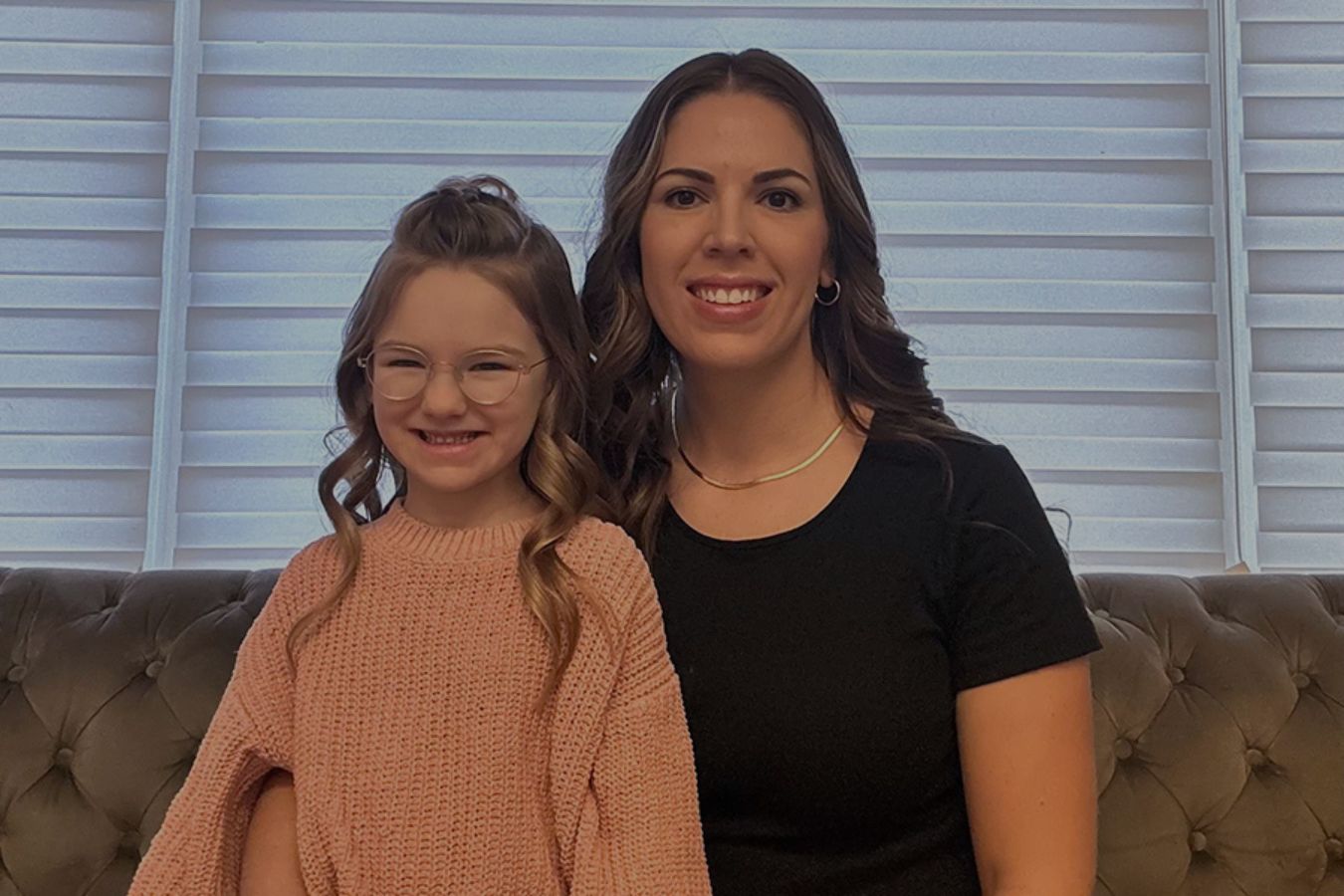
Vision is considered one of the most important senses. About 80 per cent of what we perceive in the world is through our eyes.
However, for four-year-old Adleigh Barlow, the world looked a little bit different.
Growing up, Adleigh was never interested in watching TV or playing with toys. Her mother noticed that when reading books, she would hold them up high to her face.
“Ever since birth, I kind of wondered what was up with her eyes,” says Kelsey Barlow, Adleigh’s mother. “Sometimes, they appeared cross-eyed.”
Adleigh visited various physicians and specialists in Saskatchewan where they live. When she was nine months old, Adleigh was diagnosed with idiopathic congenital nystagmus, a vision disorder where the eyes move involuntarily, and low vision.
“I was told that nothing could be done for Adleigh’s vision and that she would have a visual disability for the rest of her life,” says Kelsey, “But I didn’t want to give up.”
That’s when Kelsey discovered the Low Vision Rehabilitation Clinic at UHN’s Donald K. Johnson Eye Institute, located at Toronto Western Hospital. Kelsey contacted the low vision team and asked if she could bring Adleigh for a consultation.
After a thorough examination, Dr. Monica Daibert-Nido, co-Director of the Low Vision Rehabilitation Clinic and a clinician scientist at the institute recommended biofeedback therapy.
“Adleigh was born with abnormal eye movements, where her eyes shake horizontally and uncontrollably, making her vision blurry all the time,” says Dr. Daibert-Nido. “This condition can’t be treated by using glasses, and in her case, not even by surgery.”
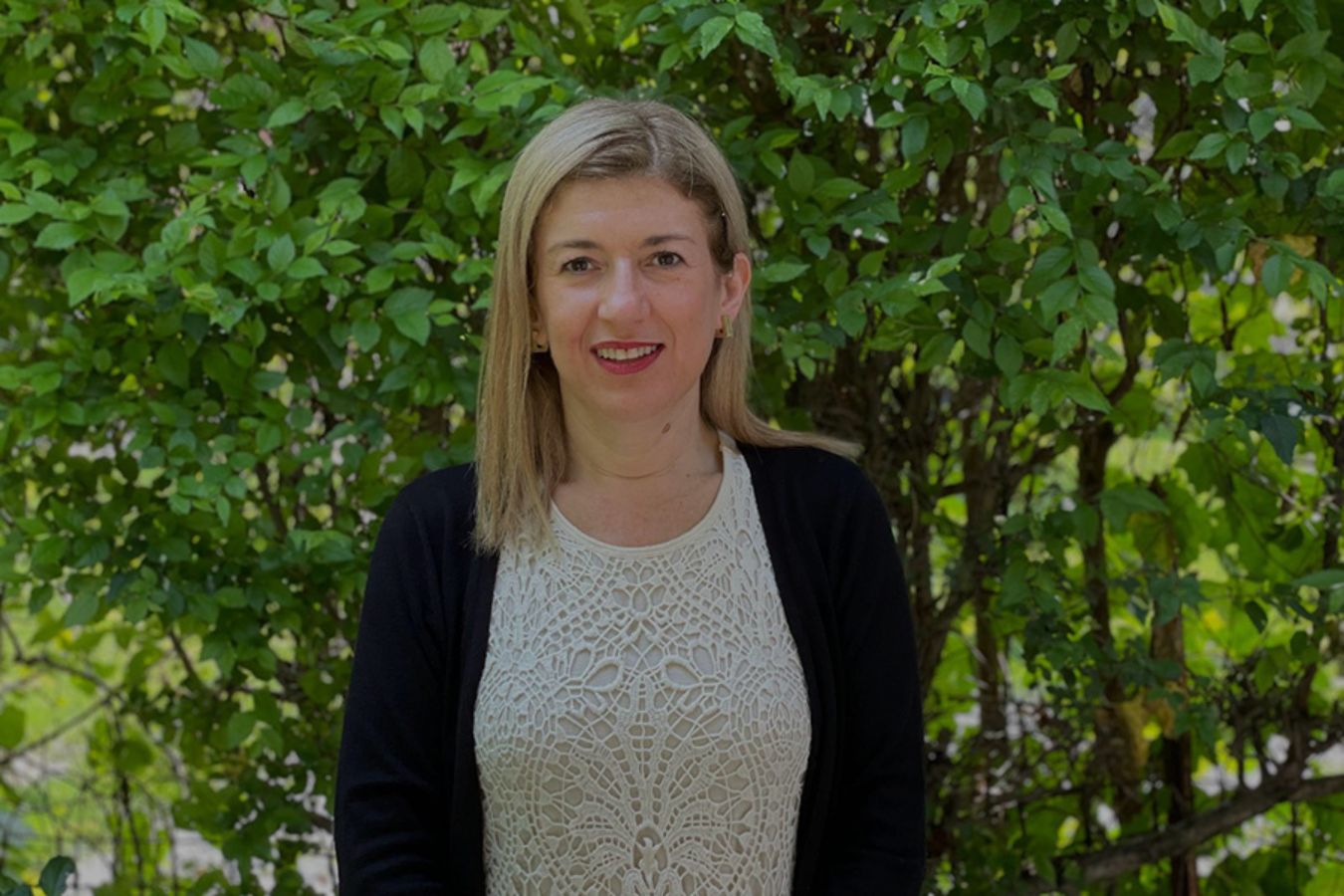
Biofeedback therapy is a perceptual learning therapy that uses visual imagery to retrain the brain and to use healthy parts of the eye.
It’s built upon the concept of neuroplasticity, where the brain can rewire itself and reset, regardless of a patient’s age.
During the session, the patient will look into the microperimeter, a machine that assesses residual visual functions, and move their eyes following the guidance of the low vision team technician. The goal is to change the frequency of a beeping sound and obtain a shining light simultaneously, stimulating potential areas of the eye more effectively and encouraging the brain to utilize the remaining vision.
“Biofeedback is a low-cost, non-invasive and effective treatment for people with low vision,” says Dr. Daibert-Nido.
February is Low Vision Awareness Month. Low vision is an impairment of visual function after treatment and/or standard refractive correction. In North America, low vision is when the person presents a visual acuity of less than 20/40 and/or a visual field of less than 20 degrees.
In Canada, more than one million individuals are identified as having visual impairment or blindness.
After four sessions of biofeedback therapy, Adleigh’s vision improved from 20/100 to 20/40, which means when looking at the eye chart, there’s an improvement of three lines of vision.
“When we returned to Saskatchewan after four sessions of therapy and went to pick up her brother from the hockey rink, Adleigh looked at me and said she saw her brother on the ice,” says Kelsey. “For four years, I didn’t know that she couldn’t see her brother play.
“This was the moment I knew that the long hours of travelling and every penny spent were worth it for her to just be able to see.”
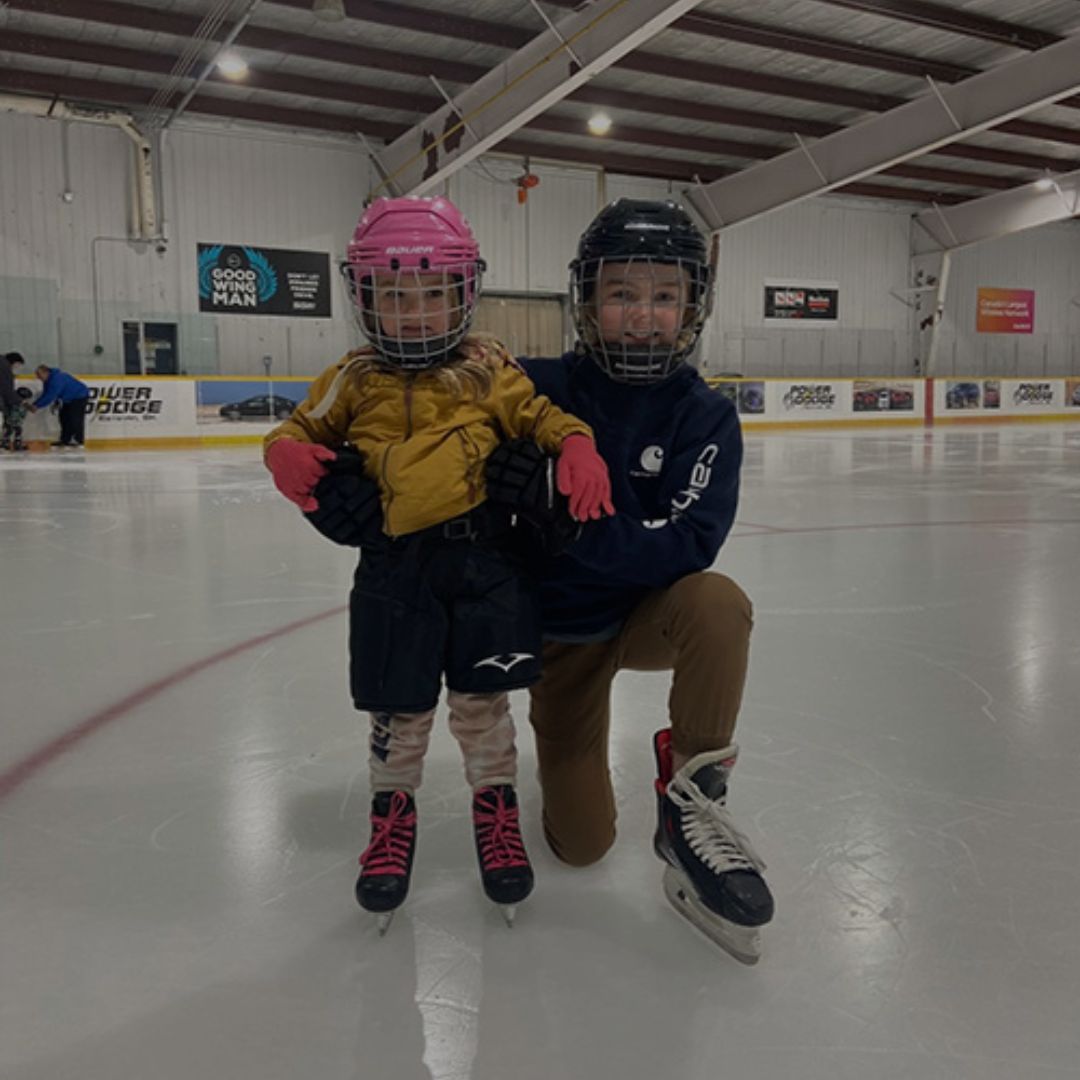
Adleigh is believed to be the youngest patient to receive this innovative treatment in Canada, and with the assistance of glasses, she is seeing the world clearly for the first time.
Due to the success of the biofeedback therapy, Adleigh will be able to go to school, play hockey with her brother and even learn to drive when she grows up.
And it’s all due to the amazing ingenuity of the low vision team at UHN’s Donald K. Johnson Eye Institute, the only centre in Canada that currently offers biofeedback therapy.
So far, upon completing the treatment, more than 300 patients have shown a significant improvement in one or more visual functions such as distance vision, reading skills, visual field sensitivity and contrast sensitivity.
“We want to encourage people to seek help when they can’t see well even with glasses, contacts or reading aids,” says Dr. Daibert-Nido. “Speak to a low vision specialist and we can help to identify issues and seek treatments.”
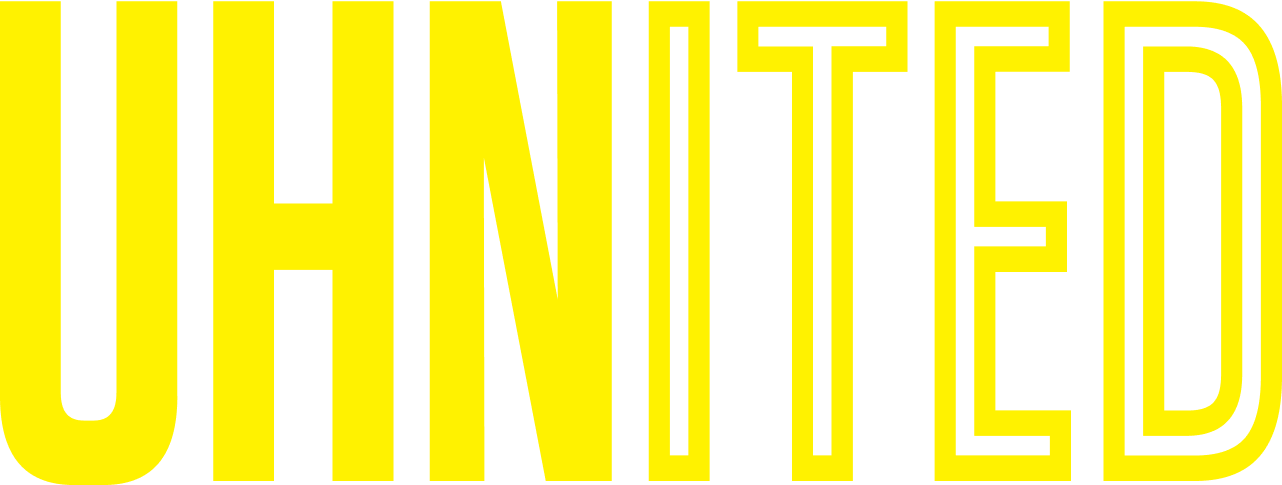
No one ever changed the world on their own but when the bright minds at UHN work together with donors we can redefine the world of health care together.
